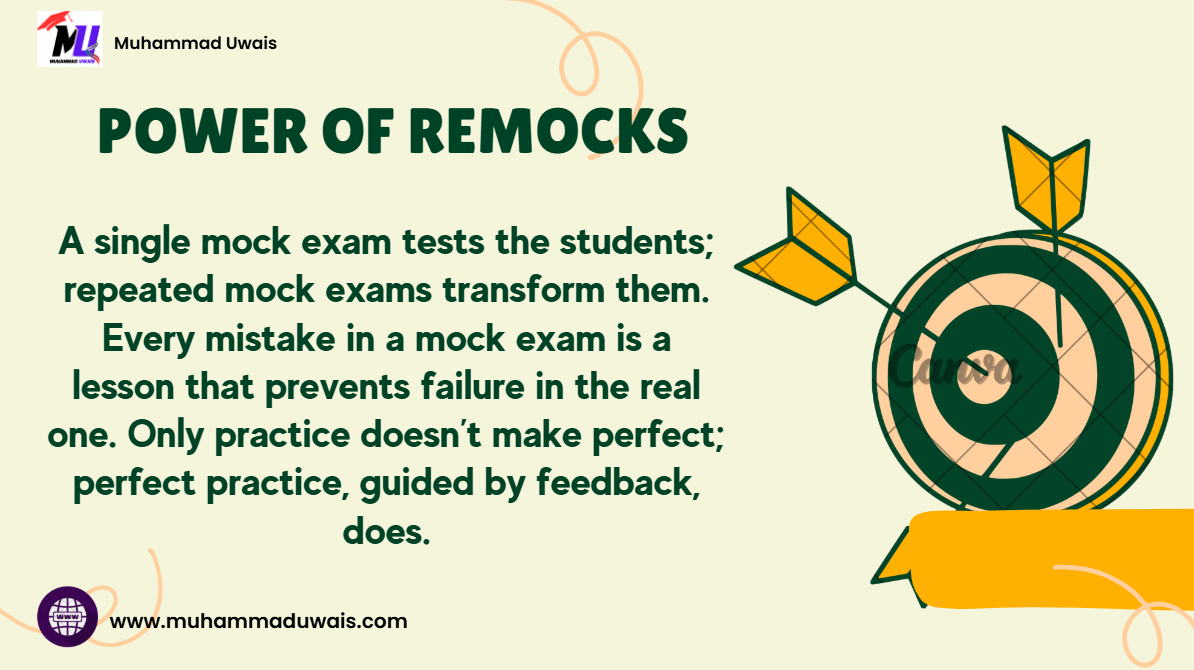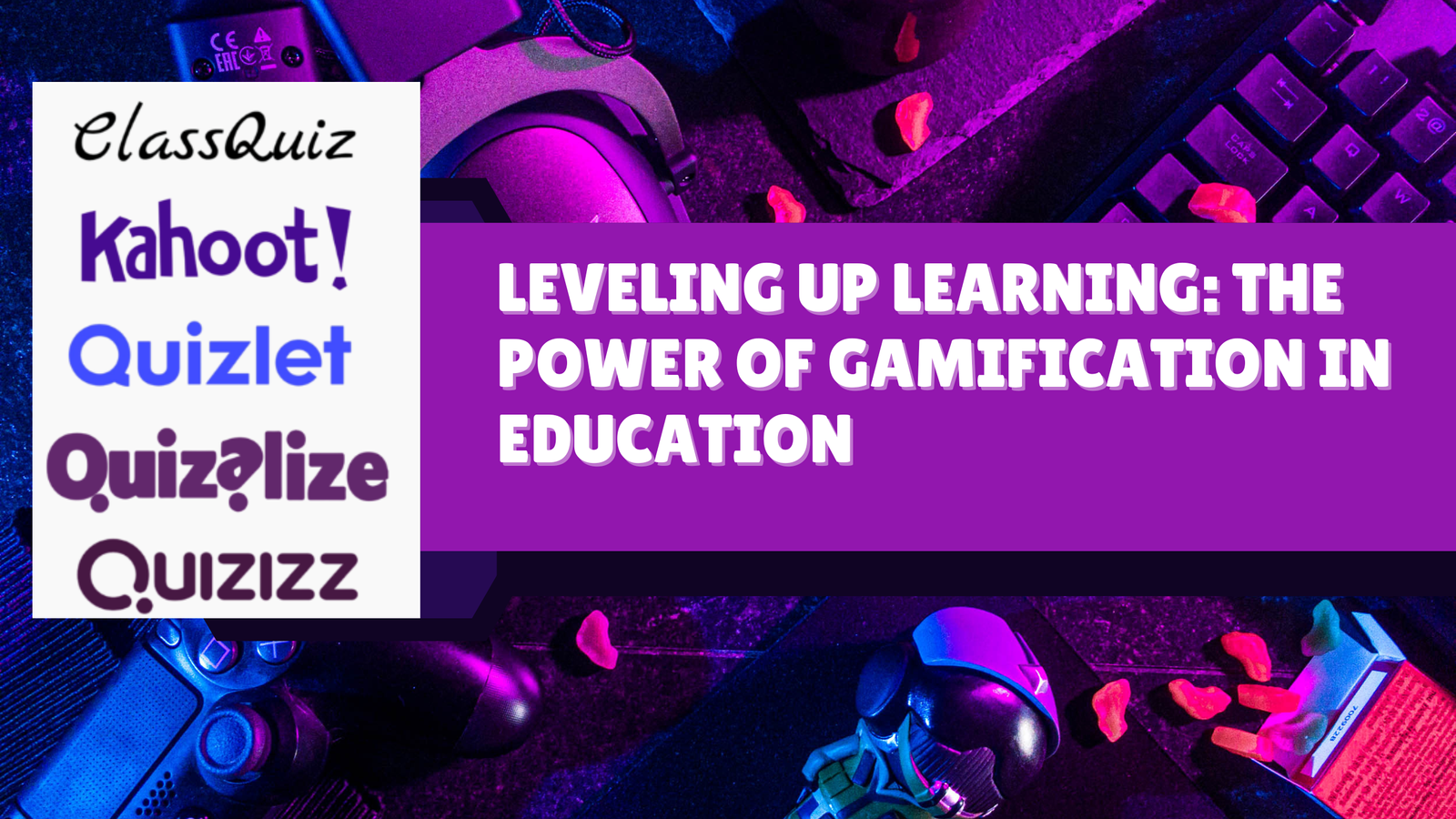Muhammad Uwais Teacher Computer Science/ICT
Class observation is a process where an educator’s teaching practices, classroom management, and instructional methods are observed, often by a peer, supervisor, or mentor, to assess their effectiveness in fostering student learning. The observer may take notes on how the teacher engages students, organizes the lesson, manages the classroom, and utilizes resources. Observations can be planned (with a specific focus area and advance notice) or unannounced, offering a real-time glimpse into everyday teaching.
Why Class Observation is Important for Educators
- Professional Development: Class observations allow educators to receive constructive feedback on their teaching methods. This feedback helps them identify areas of strength and opportunities for growth.
- Enhanced Teaching Practices: Through observations, teachers gain insights into new techniques, classroom management strategies, and instructional practices that can improve student engagement and learning outcomes.
- Improved Student Outcomes: Observations focus on how effectively students are learning and engaging with the material. With targeted feedback, teachers can adjust their approach to better meet student needs.
- Self-Reflection: Observations encourage teachers to reflect on their own practices and teaching style, helping them make conscious, evidence-based improvements.
- Consistent Standards: Observations support consistent teaching quality across a school or institution by establishing benchmarks for effective instruction and aligning practices with institutional goals.
Overall, classroom observations are a valuable tool for continuous improvement in teaching, enhancing both educator effectiveness and student success.
The Power of Preparation: Key to a Successful Class Observation
Preparing with essential tips before a class observation enables teachers to deliver a well-structured, confident lesson that highlights their strengths, reduces stress, and enhances student engagement. It allows teachers to present effective classroom management and instructional strategies, demonstrate growth by applying feedback, and create an optimal learning environment. In turn, this preparation makes the observation beneficial for both the educator and the students, showcasing a commitment to professional development and impactful teaching. Here are some important points
0. Selection of Topic
- Relevance and Interest: Choose a topic that not only aligns with the curriculum but also connects to students’ interests or current real-world issues. Selecting a meaningful topic increases student engagement and makes the lesson feel relevant, ensuring students are more invested in the material. This relevance not only captivates students but also demonstrates to observers your ability to create a dynamic learning environment that bridges classroom learning with broader contexts.
1. Prepare a Comprehensive Lesson Plan
- Detailed Objectives: Clearly define specific, achievable objectives that align with curriculum standards. Make these objectives visible for students to understand what they’re expected to learn by the end of the lesson. Ensure that each objective contributes to broader learning goals.
- Structured Flow: Design the lesson in a logical, engaging sequence. Begin with an attention-grabbing introduction, followed by interactive main activities that support active learning, and end with a strong conclusion that ties everything together. Add reflection points throughout to help students connect concepts.
- Adaptable Plans: Flexibility is key. Have backup activities or questions prepared if you finish early, or if students struggle and need extra time on a topic. This adaptability allows you to maintain the lesson’s flow without compromising learning objectives.
- Consider Individual Learning Needs: Differentiate tasks or offer extensions for more advanced students, ensuring everyone can engage with the material at an appropriate level.
2. Set Up Your Classroom
- Engaging Visuals: Display materials that are relevant to the topic—such as charts, posters, or graphic organizers—to create a visually stimulating environment. These aids can reinforce key concepts and help visual learners.
- Organized Space: Arrange desks or seating to promote interaction, such as group clusters for collaborative work or a horseshoe shape for discussions. A well-organized space facilitates smoother transitions and keeps students engaged.
- Prepared Materials: Have all teaching aids, handouts, and any technology—like laptops, projectors, or interactive whiteboards—ready and tested before the lesson. Ensuring these materials work smoothly can prevent interruptions and maximize time on task.
3. Demonstrate Clear Communication
- Articulate Instructions: Give clear, concise directions for each activity. Break down complex instructions into manageable steps to minimize confusion and make expectations clear.
- Engaging Voice: Use a varied tone and volume to capture attention and convey enthusiasm. Adjust your tone to emphasize key points, showing passion for the subject and inspiring student interest.
- Effective Questioning: Use open-ended questions to spark critical thinking and probe for deeper understanding. Balance this with targeted, closed questions to quickly assess comprehension and keep the lesson on track.
4. Incorporate Interactive and Differentiated Activities
- Student Engagement: Plan diverse activities that require active participation, such as hands-on work, peer teaching, or technology-based tasks. Interactive components keep students engaged and allow them to explore concepts in varied ways.
- Differentiation: Cater to different learning styles by integrating multiple approaches, like visual aids, discussions, hands-on experiments, and written tasks. Differentiate tasks or questions based on students’ levels, ensuring that everyone is appropriately challenged.
5. Manage Time Effectively
- Pacing: Keep a close watch on time to ensure every part of the lesson plan is addressed without rushing or stalling. Allocate specific times for each activity and be ready to adjust if necessary.
- Transitional Cues: Use clear verbal or visual signals when transitioning between activities, like a timer or a call-and-response phrase. Smooth transitions keep students focused and help them mentally shift between tasks.
6. Exhibit Strong Classroom Management
- Positive Reinforcement: Use praise and constructive feedback to encourage desirable behaviors, creating a positive atmosphere that motivates students.
- Proactive Behavior Strategies: Maintain a close presence in the classroom to quickly address potential disruptions. Engaging students actively from the start also minimizes off-task behavior.
- Clear Expectations: From the beginning, communicate both behavioral and academic expectations. Use a visual chart or verbal reminders if necessary, so students know exactly what is expected of them.
7. Demonstrate Use of Technology and Resources
- Tech Integration: Use tools like interactive whiteboards, projectors, tablets, or educational apps to enrich the lesson. Show students how to use technology as a learning aid, making it an integral part of their learning experience.
- Backup Plan: Be prepared for technical issues by having alternative activities that don’t require technology, ensuring that the lesson proceeds smoothly regardless of equipment.
8. Showcase Your Assessment Skills
- Formative Checks: Integrate quick assessments, like verbal questions, quizzes, or polls, to check understanding and adjust the lesson as needed. Formative assessment allows you to address misconceptions on the spot.
- Feedback: Offer timely, constructive feedback during activities to guide student learning. Positive feedback reinforces correct understanding, while corrective feedback provides specific guidance for improvement.
- Closure: Conclude with a summary of key points and address any lingering questions or misconceptions. This helps solidify learning and gives students a clear takeaway from the lesson.
9. Reflect Confidence and Enthusiasm
- Body Language: Maintain an open, confident posture and make eye contact to show students that you’re fully engaged. Your energy and presence can positively influence student attitudes.
- Energy and Passion: Convey enthusiasm for the subject matter to inspire student interest. Let your passion show through, making the material more engaging and memorable for students.
- Stay Calm: If unexpected issues arise, stay composed and handle them with flexibility and professionalism. Calm responses reinforce your control and confidence in the classroom.
10. Conclude with a Strong Summary
- Recap Learning: End the lesson by summarizing key concepts. This reinforces what students have learned and connects the lesson to the broader curriculum.
- Preview Next Steps: Mention what’s coming next or suggest how students can apply what they’ve learned outside of class. This provides continuity and relevance to their learning.
- Student Reflection: Prompt students to reflect on the lesson through quick feedback or a journal entry. Reflection deepens understanding and provides valuable insights into how students perceive the lesson.
Bonus Tips
- Use Data to Inform Planning: Reference recent assessments, prior observations, or specific learning needs to tailor your lesson effectively. Using data shows that your planning is evidence-based and student-centered.
- Be Observant-Ready: If possible, provide an outline or agenda for the observer with the lesson’s objectives and structure. This helps observers follow along and gain insight into your goals for the lesson.
By implementing these strategies, you’ll create a well-prepared, engaging lesson that highlights your skills and provides students with a productive learning experience, making your class observation successful and impactful.



